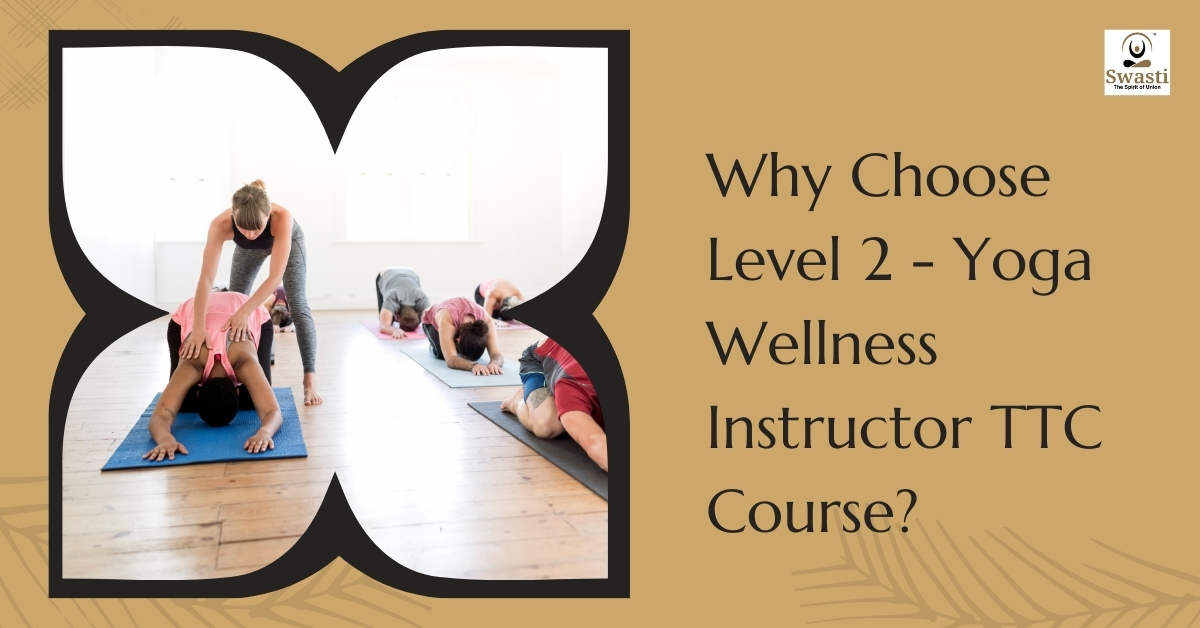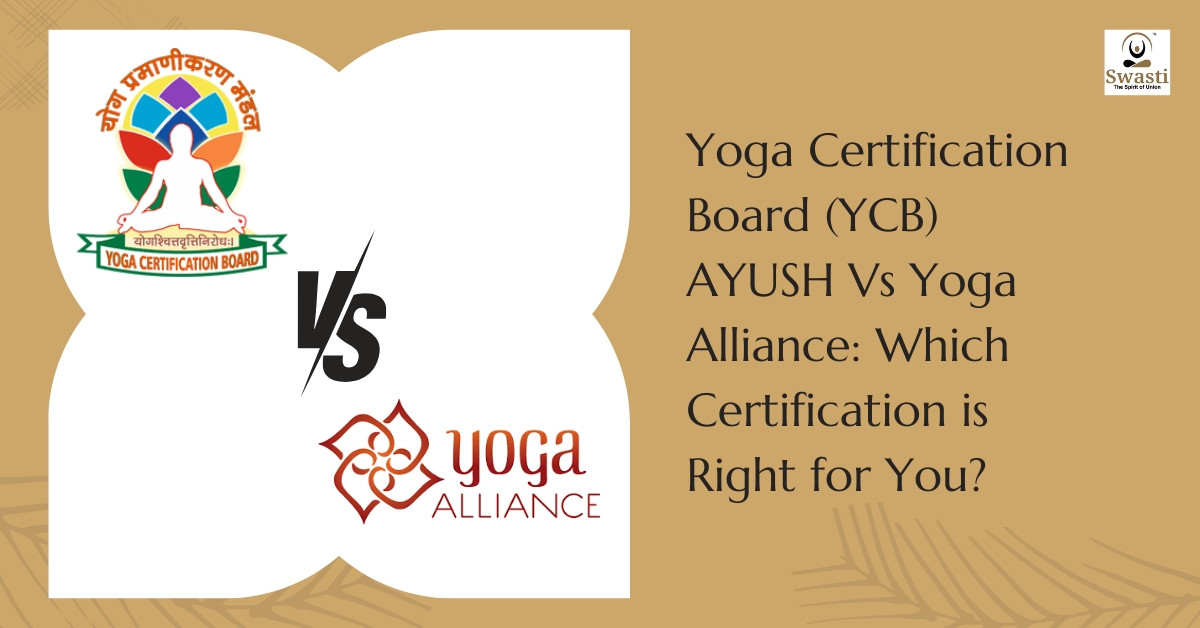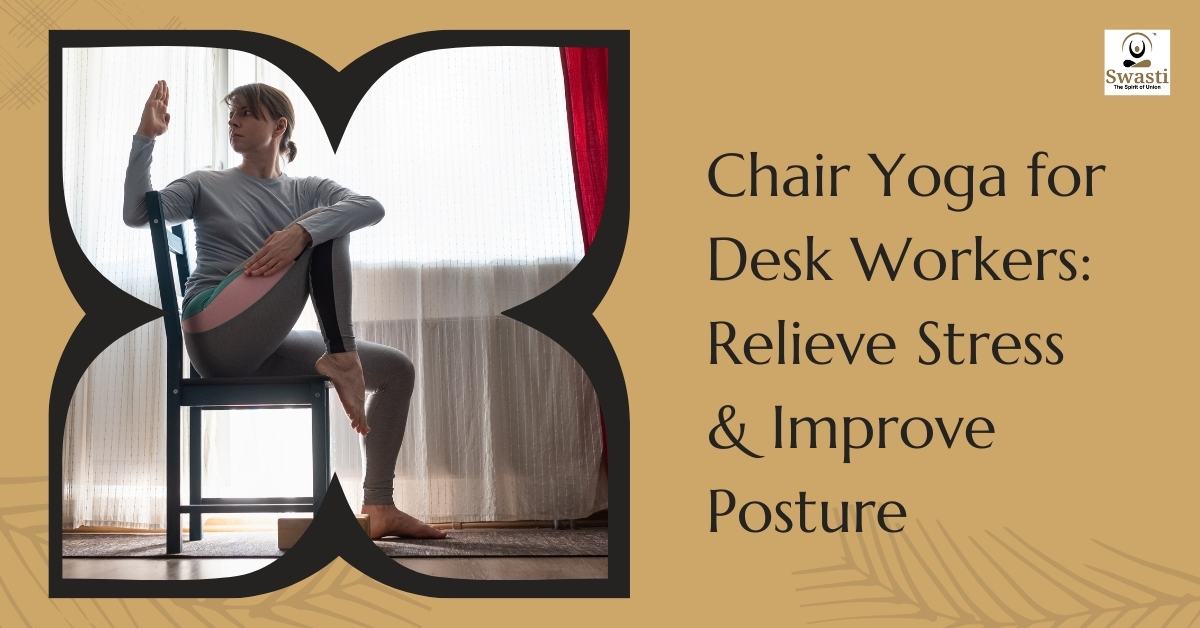
From Europe & USA to Pune: Your Pathway to Becoming a Certified Yoga Teacher
Yoga has become a global phenomenon, attracting practitioners from all corners of the world. Its benefits for physical health, mental well-being, and spiritual growth have led to a surge in demand for qualified yoga instructors. For aspiring yoga teachers from Europe and the USA, India—particularly Pune—offers a unique opportunity to train in the birthplace of yoga. Pune is renowned for its rich yogic heritage and world-class training institutions, making it an ideal destination for those seeking to deepen their practice and earn certification. Understanding Yoga Certification In India, the Ministry of AYUSH offers a structured Yoga Certification Board (YCB) program, which provides a standardized pathway for yoga professionals. The certification levels range from Level 1 to Level 4, each catering to different expertise and career goals. Level 1: Yoga Protocol Instructor is the entry-level certification, focusing on basic yoga practices and teaching techniques. Level 2: The Yoga Wellness Instructor builds on this foundation, incorporating wellness and therapeutic aspects of yoga. Level 3: Yoga Teacher and Evaluator, candidates are trained to teach more advanced yoga practices and evaluate others. Level 4: Yoga Master is designed for those seeking to become master trainers and lead yoga teacher training programs. These certifications are recognized globally, providing a credible and comprehensive framework for yoga education. Global Recognition of Indian Yoga Certifications Yoga certifications obtained in Pune are highly regarded worldwide, thanks to the city’s longstanding reputation as a center of yoga excellence. Graduates from Pune-based institutions are often seen as having a deeper and more authentic understanding of yoga, which can be a significant advantage when pursuing teaching opportunities. The credibility and respect that come with an Indian yoga certification, especially from a renowned city like Pune, open doors to teaching opportunities in various settings, from yoga studios to wellness retreats globally. Why Choose Pune for Yoga Teacher Training? Historical Significance of Pune in Yoga Pune has a rich heritage as a center of yoga and spiritual learning and is home to some of the most respected yoga institutes in the world. The city has been a hub for traditional yoga teachings since the time of B.K.S. Iyengar, one of the most influential yoga masters. His legacy continues through various esteemed schools that offer rigorous training programs. Choosing Pune for yoga teacher training allows students to connect with these deep-rooted traditions and gain knowledge from experienced and revered instructors. This historical significance is not just a draw for authenticity but also adds immense value to the certification received, making it highly respected worldwide. Pune is a city steeped in yogic tradition and home to some of the most respected yoga schools in India. Institutions like Swasti Yoga Center offer comprehensive programs that blend traditional teachings with modern practices, providing a holistic learning experience. The city’s vibrant yoga community and serene environment make it an ideal place for immersive learning. Moreover, Pune’s yoga schools cater to diverse preferences, offering foundational, advanced, and specialized certifications that allow students to tailor their training to their specific interests and career goals. Preparing for Your Journey Embarking on a yoga teacher training journey in Pune requires careful preparation. Prospective students should have a basic understanding of yoga and be physically fit to handle the rigorous training schedule. International students must also navigate visa and travel arrangements, ensuring they have the necessary documentation to study in India. Understanding the local culture and language can enhance the experience, allowing students to fully immerse themselves in the learning environment. Exploring Pune Outside of their training schedule, students have the opportunity to explore the rich cultural and natural attractions that Pune has to offer. The city is home to numerous temples, historical sites, and museums that provide insight into India’s spiritual and cultural heritage. For those who enjoy the outdoors, Pune is surrounded by picturesque landscapes and offers easy access to trekking trails, waterfalls, and hill stations. This blend of urban amenities and natural beauty makes Pune an ideal place to study yoga while enjoying a well-rounded lifestyle. Post-Certification Opportunities Upon completing a yoga teacher training program in Pune, graduates are well-equipped to pursue teaching opportunities both locally and internationally. The certification opens doors to teaching at yoga studios, wellness centers, and even corporate environments. Additionally, certified instructors can explore opportunities to conduct workshops, retreats, and private sessions. Continuing education and specialization in areas like prenatal yoga or yoga therapy can further enhance career prospects, allowing teachers to cater to specific audiences and needs. Conclusion Pune offers a unique and enriching pathway for aspiring yoga teachers from Europe and the USA. Its blend of traditional teachings and modern methodologies provides a solid foundation for a successful yoga career. By choosing Pune for your training, you gain certification and immerse yourself in an authentic yogic lifestyle. For those ready to take the next step, exploring yoga teacher training courses in Pune can be the beginning of a fulfilling journey to share the transformative power of yoga with the world. In summary, Pune stands as a beacon for those seeking to become certified yoga teachers, offering a rich tapestry of learning and growth. Whether you’re drawn by its historical significance or the quality of its training programs, Pune provides an unparalleled environment for deepening your practice and expanding your teaching skills.










